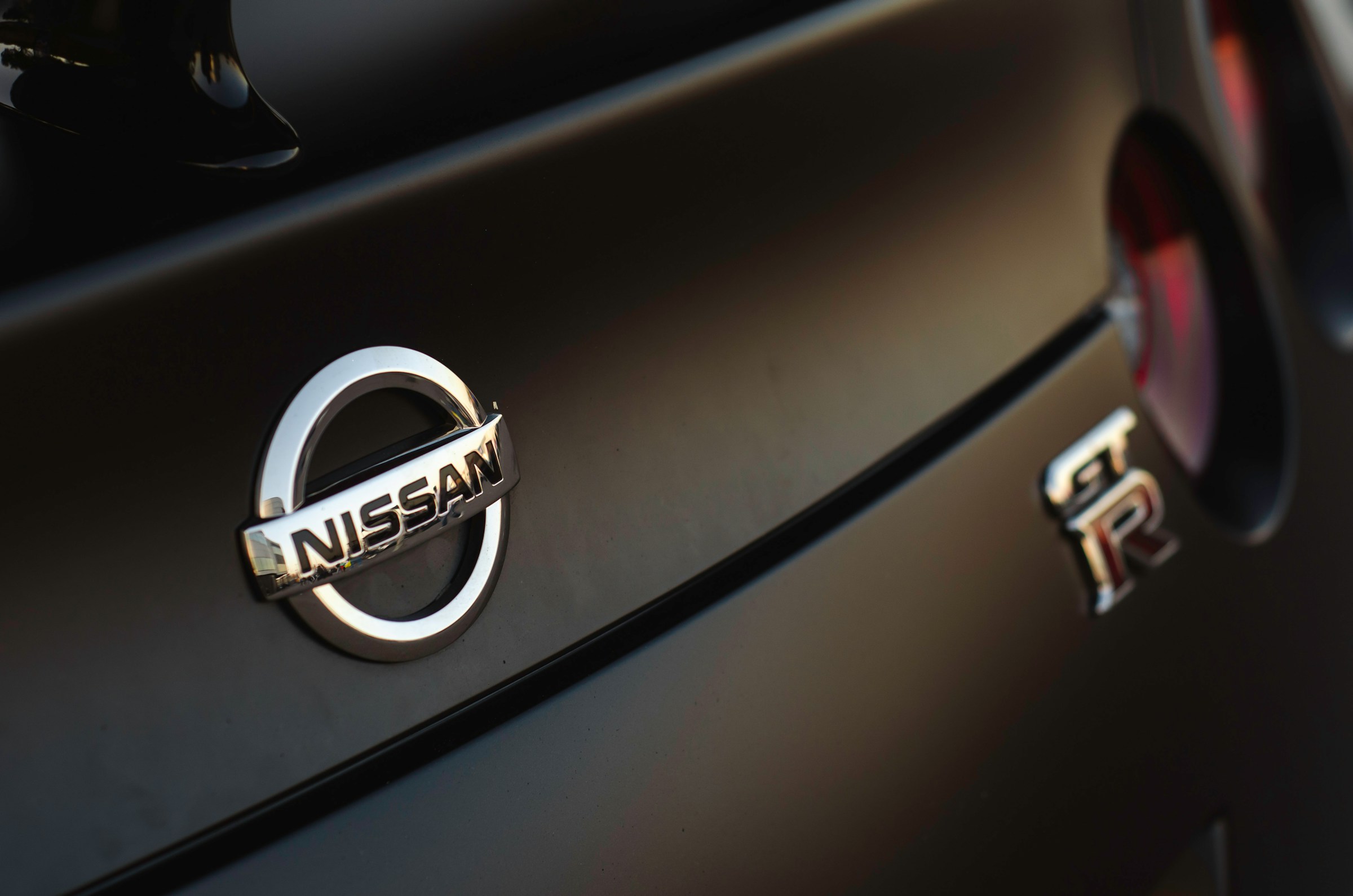Nissan’s six percent slide in Tokyo is not just a headline about one seller finding the exit. It is a clean read on how little residual strategic value investors now assign to the old cross shareholding era in autos. Mercedes-Benz’s pension trust is selling its full 3.8 percent stake in Nissan for about 346 million dollars, with a marketed range of 337.5 to 345 yen per share that bakes in a discount to the prior close. Pricing is set before Tuesday’s open with settlement later in the week.
The move landed with immediate price impact. Nissan fell roughly six percent at the open and hovered near that level through the session, a reaction in line with the discount and the signal that a long standing counterpart is done providing even passive balance sheet sponsorship. Multiple outlets also reiterated that Mercedes was effectively Nissan’s second largest shareholder, which helps explain the sensitivity in today’s tape.
Strip out the optics and the mechanics are straightforward. This is a pension vehicle rotating out of an old line cross holding that was parked into plan assets in 2016 and no longer fits a modern liability matching brief. You do not need a governance saga to justify the sale. The stake lacks strategic purpose for Mercedes, the asset’s drawdown year to date is heavy, and the portfolio is being simplified. That reads like prudent plan management, not drama.
For Nissan, the question is not why Mercedes is leaving. It is what the exit says about the automaker’s model level tension. The company is mid restructuring under a new chief executive, with a plan that cuts about 20,000 jobs and closes seven plants by fiscal 2027 in pursuit of roughly 500 billion yen in savings. That is operations debt cleanup at industrial scale. It is also an admission that the volume era math is broken when tariffs, battery input costs and software investment cycles all squeeze at once.
Policy headwinds have not helped. Tariffs into the United States on Japanese autos were agreed last month to be cut to 15 percent from a prior composite of 27.5 percent. That offers relief on paper, yet execution timing and cross channel frictions still matter for order books and dealer incentives. A headline rate that rounds down does not instantly reset quarterly sell in. Nissan’s year to date share price is still deeply negative despite the July agreement chatter.
The strategic scaffolding around Nissan has also thinned. Last winter’s talks with Honda, once framed as a path to a top three global automaker by scale, collapsed in February over control. That removed one of the few routes to sharing platform and software spend at a speed that could plausibly offset China’s EV price pressure. The market noticed, because without a credible integration partner the capex to compete becomes a balance sheet weight, not a moat.
Meanwhile, Renault remains the anchor shareholder at roughly 35 to 36 percent, but even that relationship is being redefined. Renault’s own accounting shift to mark the stake at fair value and the associated non cash hit underscore how much the market has repriced Nissan’s prospects in the current cycle. When your largest partner is marking down its exposure and a former partner’s pension is rotating out, the signal to other long only holders is simple. No one is paying you to wait.
Here is the operator read. The Mercedes-Benz Nissan stake sale is not a referendum on specific upcoming models. It is a statement about model portfolio design in autos. Legacy alliances that depended on cross equity and soft synergies do not clear today’s hurdle rate. The EV transition demands platform standardization, battery sourcing leverage, and a modern software stack that actually ships over the air at consumer cadence. Absent that, you get cost takeout, not flywheel growth. And cost takeout does not attract patient capital unless the unit economics inflect within a visible horizon.
For founders and product leaders looking in from tech, the analogy is familiar. If your platform loses a cornerstone supply side participant, it exposes whatever subsidy or trust mechanism you were relying on to hold the system together. Nissan’s equity alliances once served as that stabilizer. Now the stabilizer is gone, and the company has to show that its EV and software roadmap can stand on paid value, not partner patience. This is where product and finance meet. If the product can earn retention, the balance sheet finds oxygen. If not, every tariff shock, every input spike, and every lost partner reads as a fresh downgrade on the model itself.
Miles’s take. The sale hurts because it is clean. There is no narrative cover, only a clearer cost of capital. Nissan can still rebuild a credible stack, but the market will not underwrite time. It will underwrite traction. Until operations show unit economics that beat subsidy and discount, exits like this will keep setting the tone.














.jpg&w=3840&q=75)